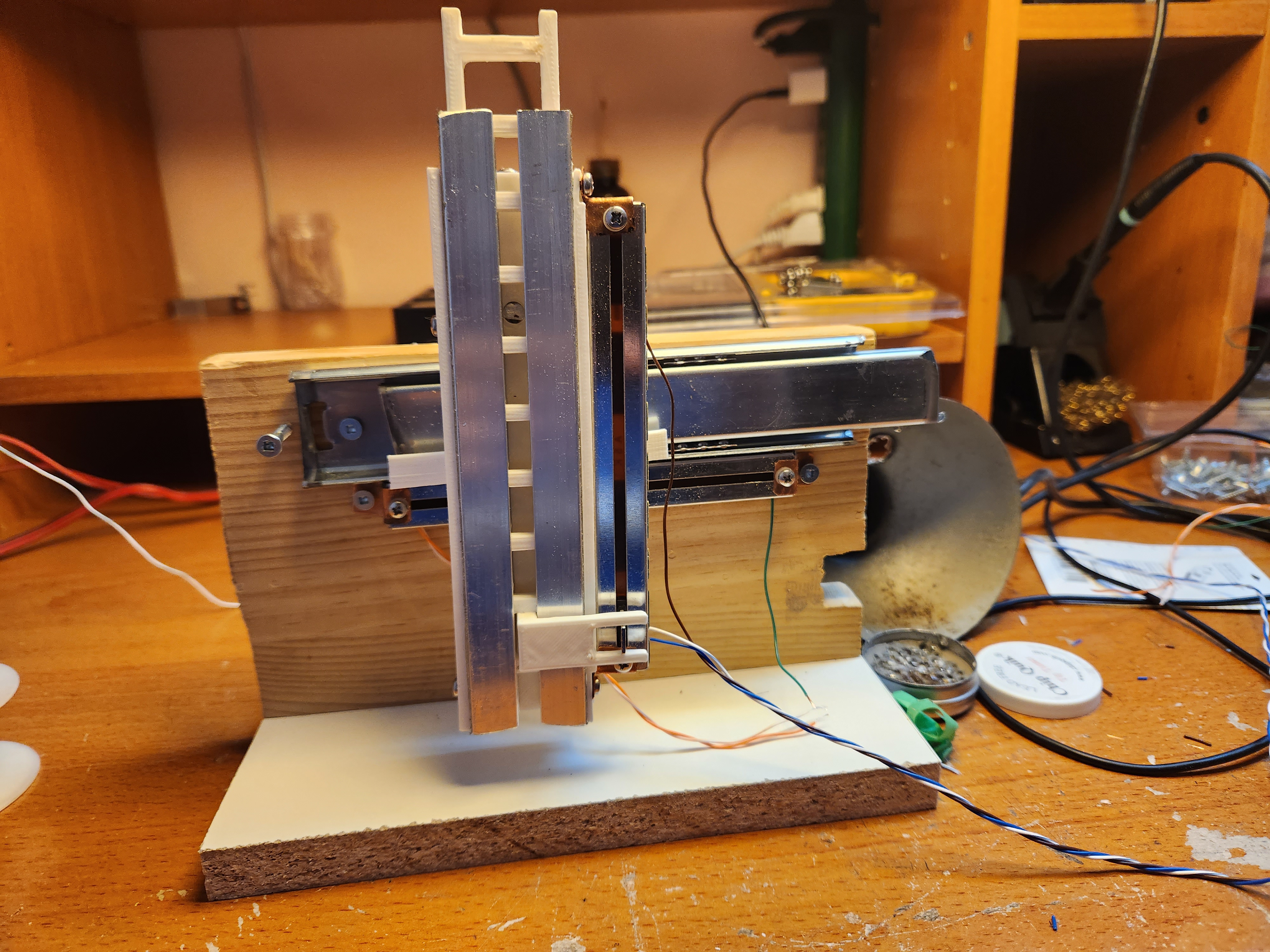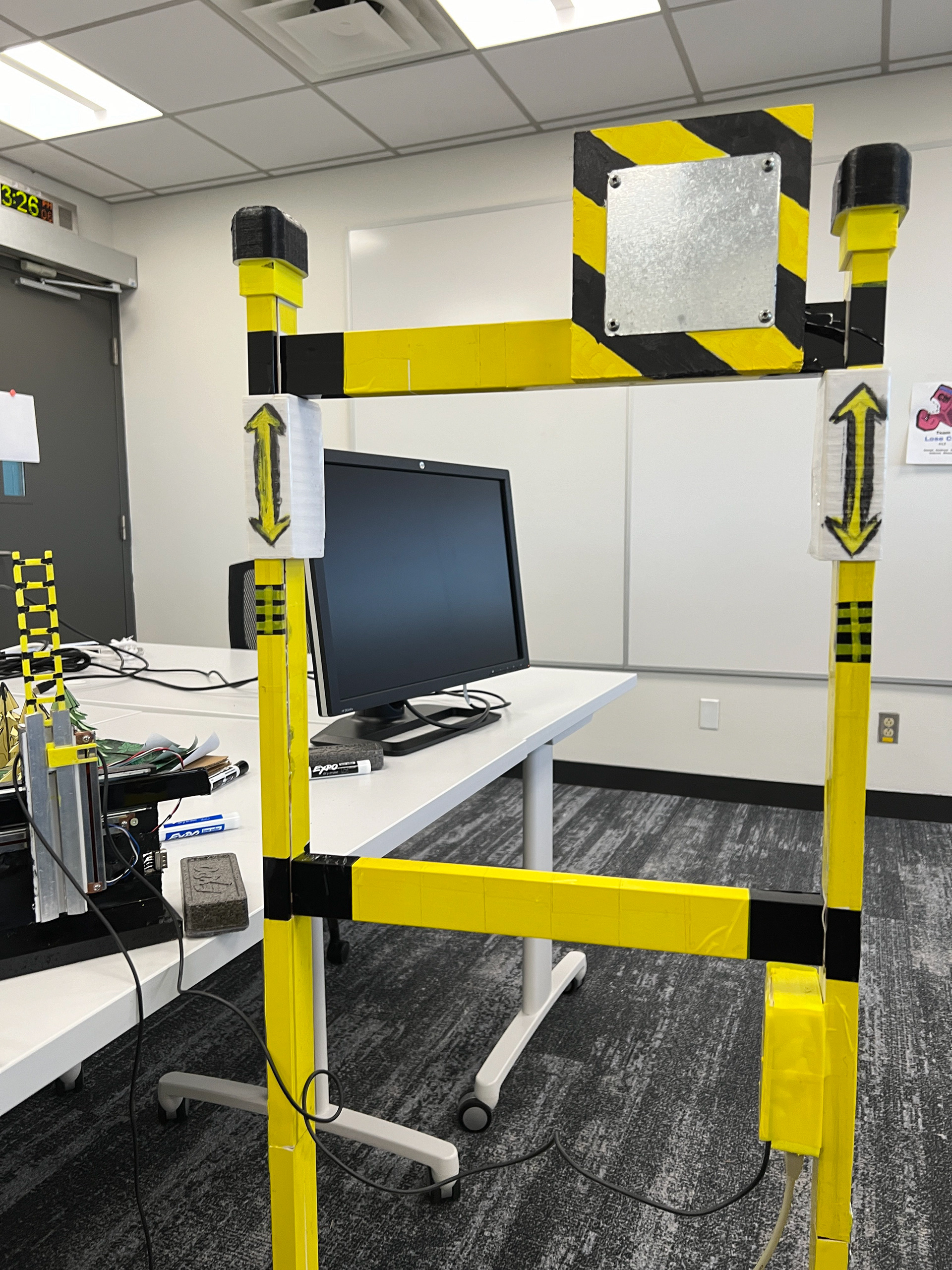
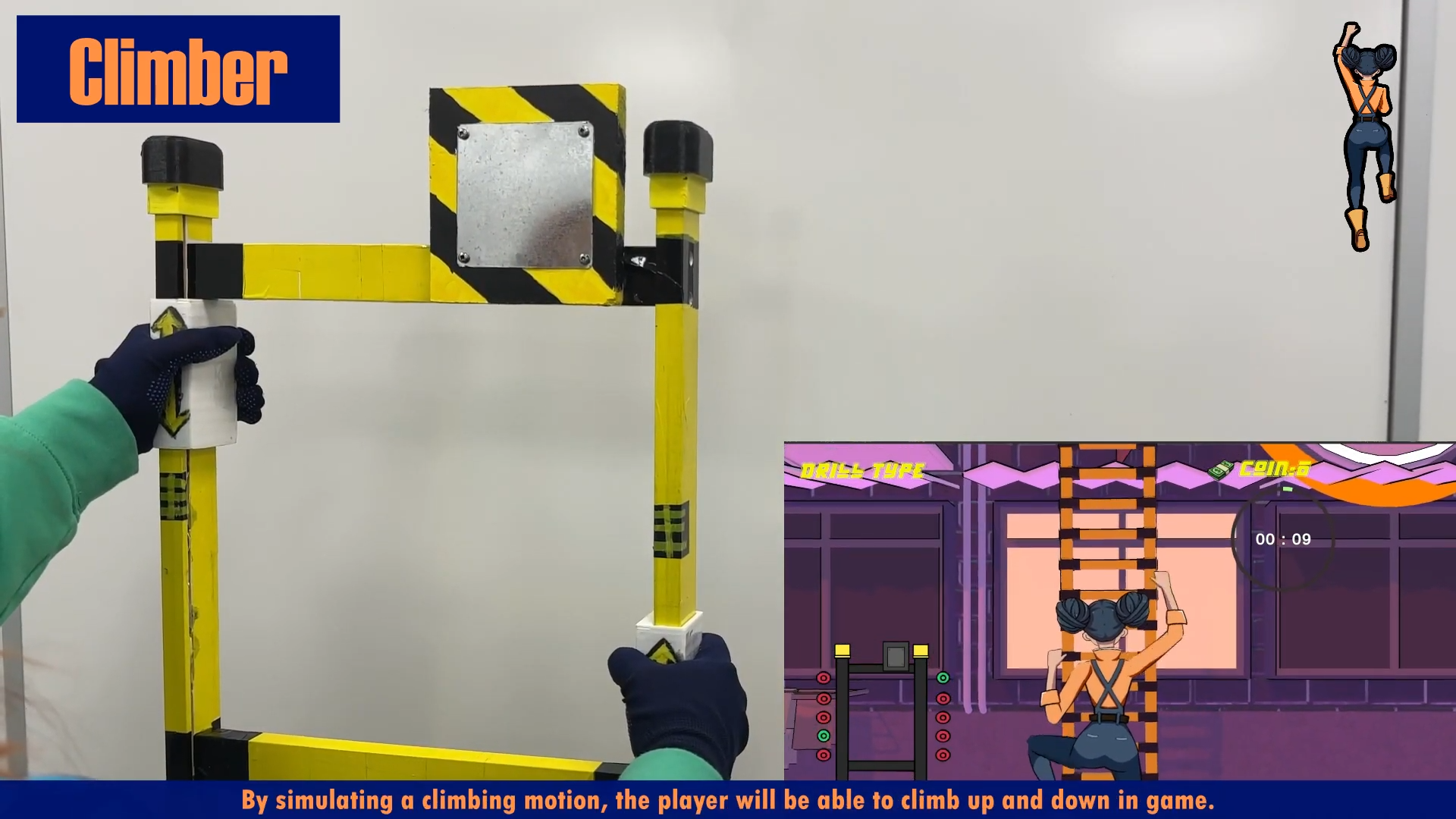
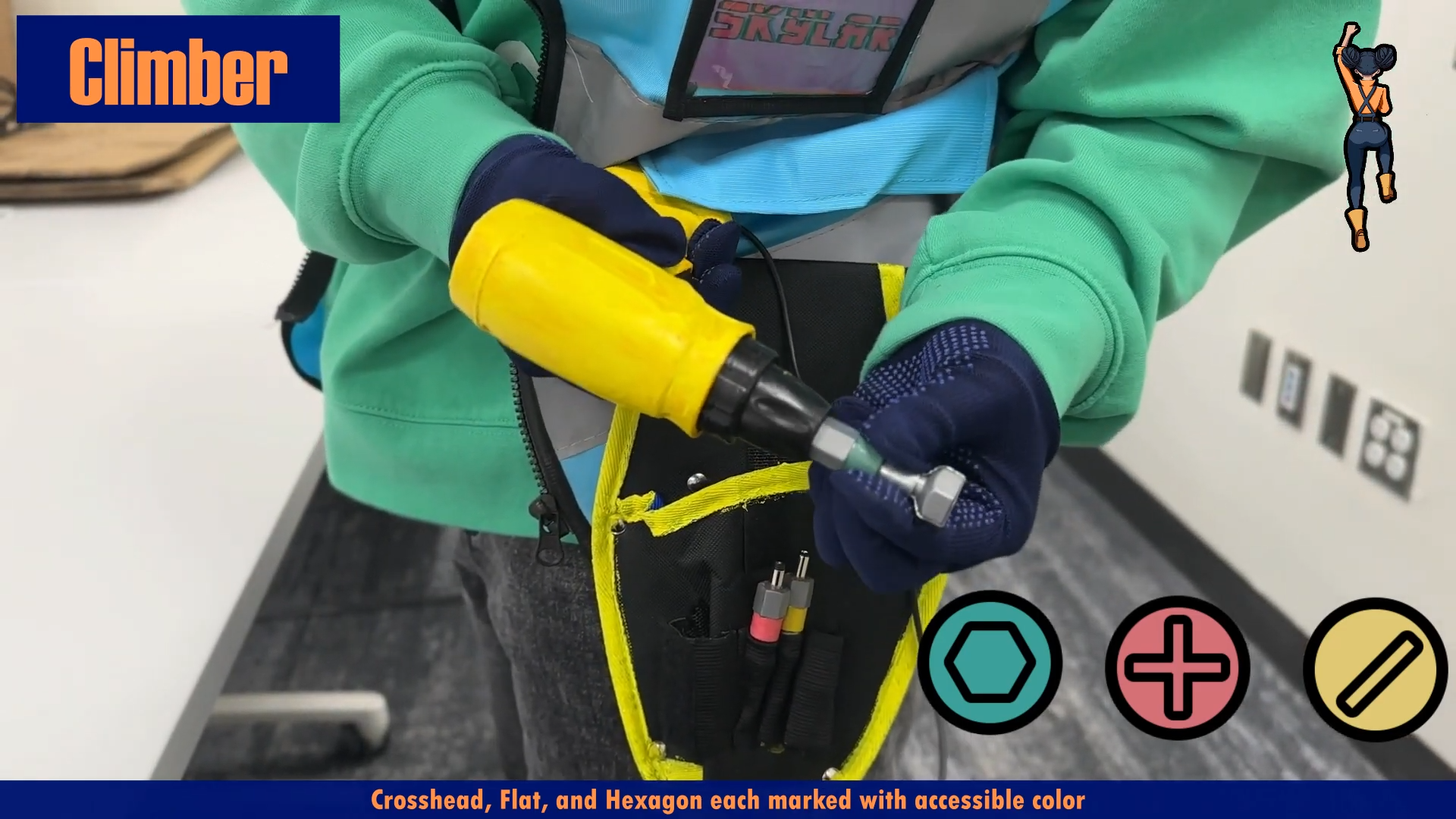
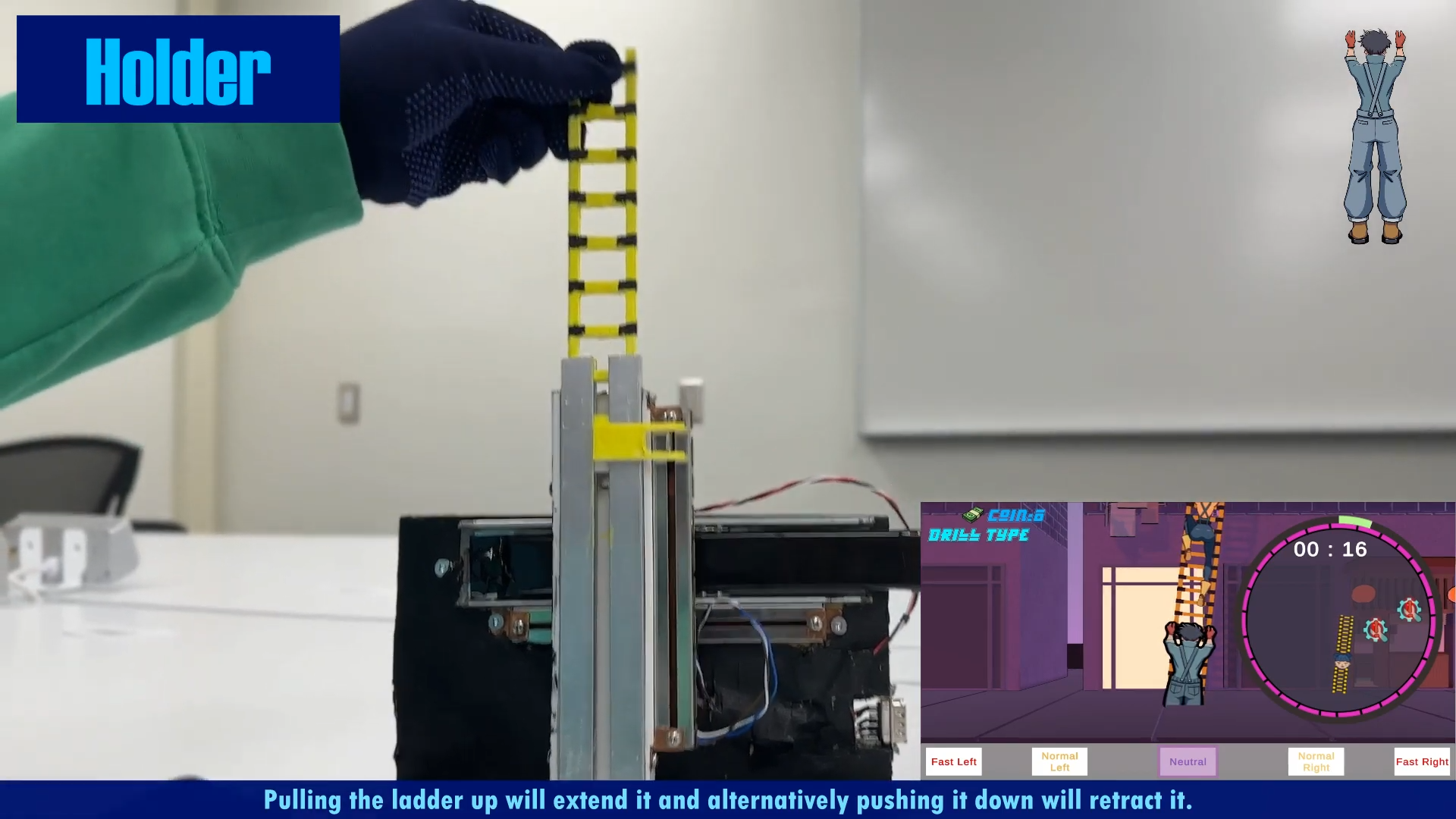
SYNOPSIS
Sky Ladder Repair Co. is an asymmetric co-op game, where two players use a variety of ladder-based controllers and equipment to climb buildings and repair signs.
One player climbs a life-size ladder and makes repairs with a drill, while another slides, extends, and rotates a miniature ladder to keep their friend balanced.
alt.ctrl GDC 2024 finalist!
MY WORK
I was responsible for designing the game's core mechanics, and also building & programming the controller devices.
The controllers themselves are a combination of woodwork and electronics, using hall sensors, slide potentiometers, and an Arduino UNO Rev3 to detect player input.
The controllers themselves are a combination of woodwork and electronics, using hall sensors, slide potentiometers, and an Arduino UNO Rev3 to detect player input.
Development Process
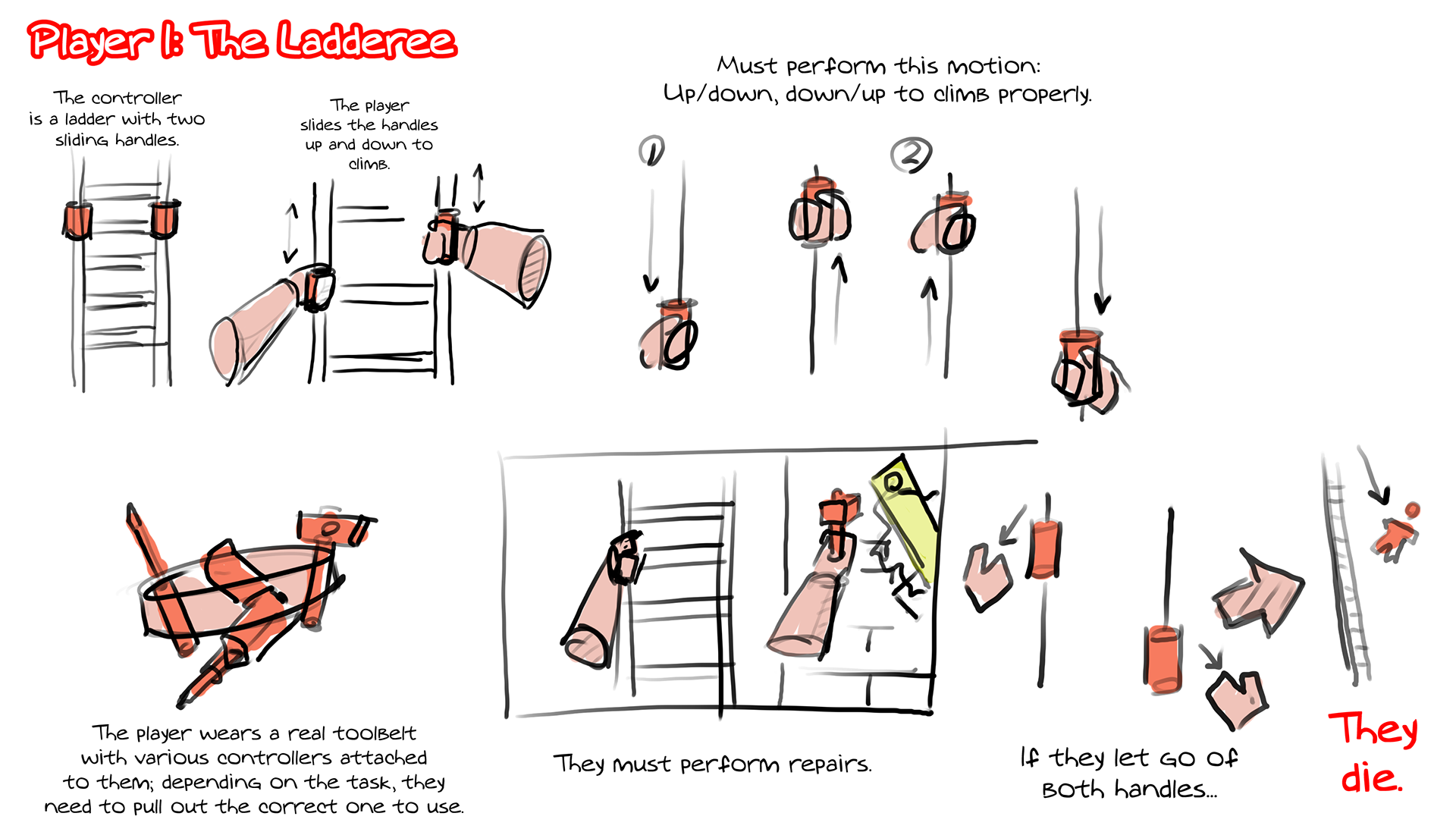
This is design documentation explaining the climber's mechanics, designed by me. Over time, the idea to switch between multiple tools was switched to changing out screw bits for a more simple design.
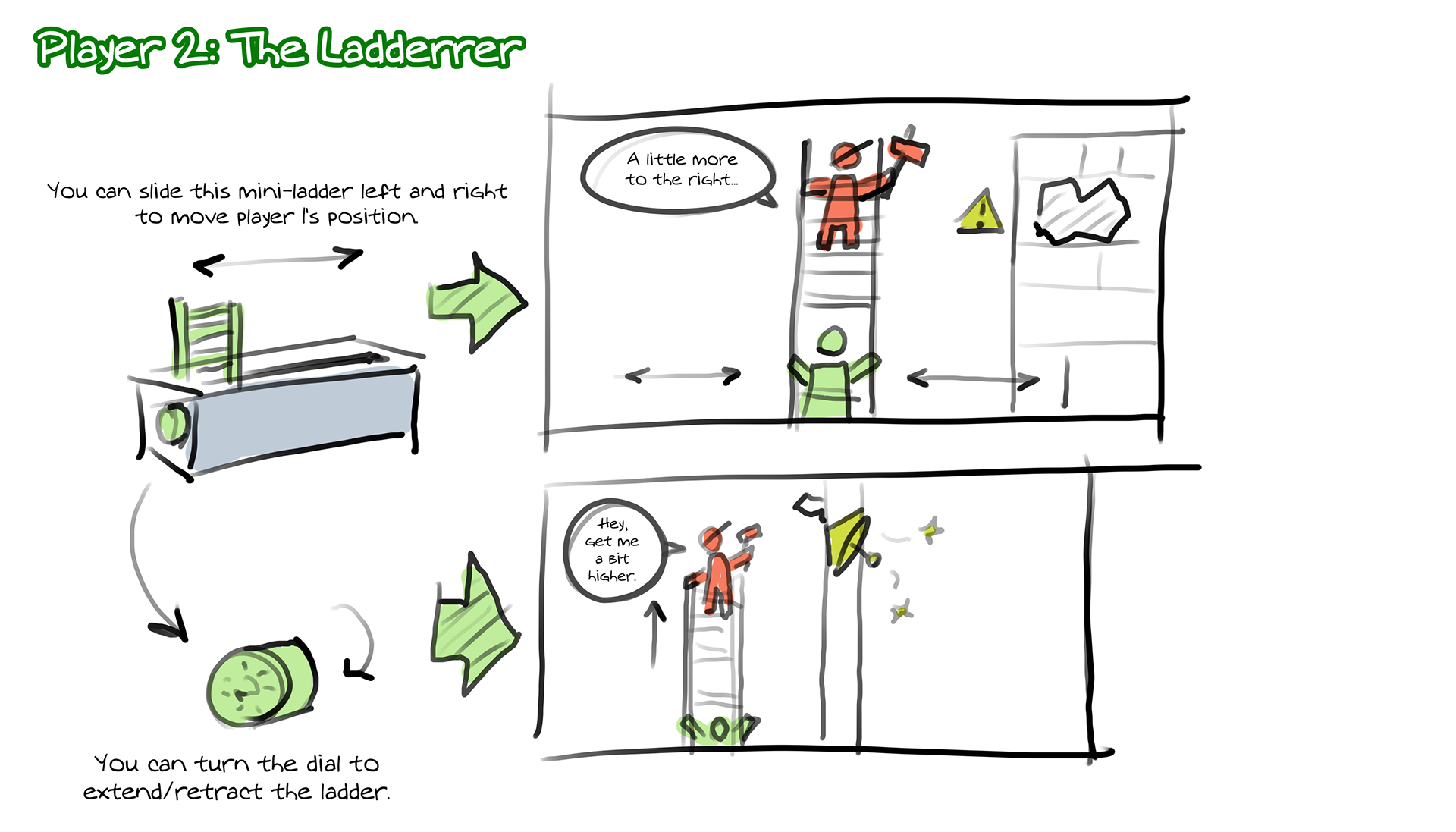
This is design documentation explaining how the holder's mechanics might work. The twist knob for extending the ladder was eventually simplified to a more robust sliding mechanism for the sake of simplicity.
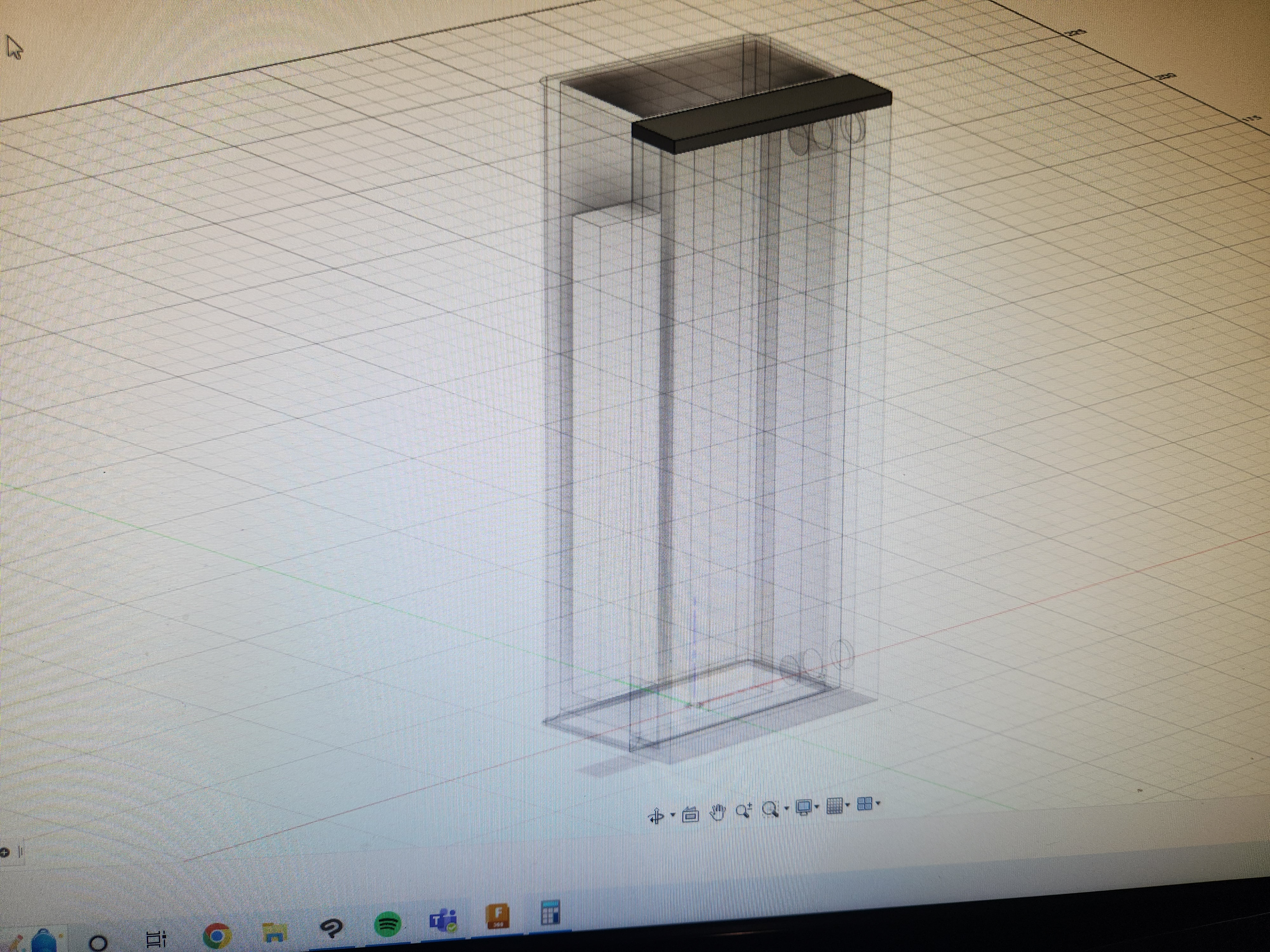
Parts for the controllers were designed in Fusion 360, and 3D-printed using ABS for durability.
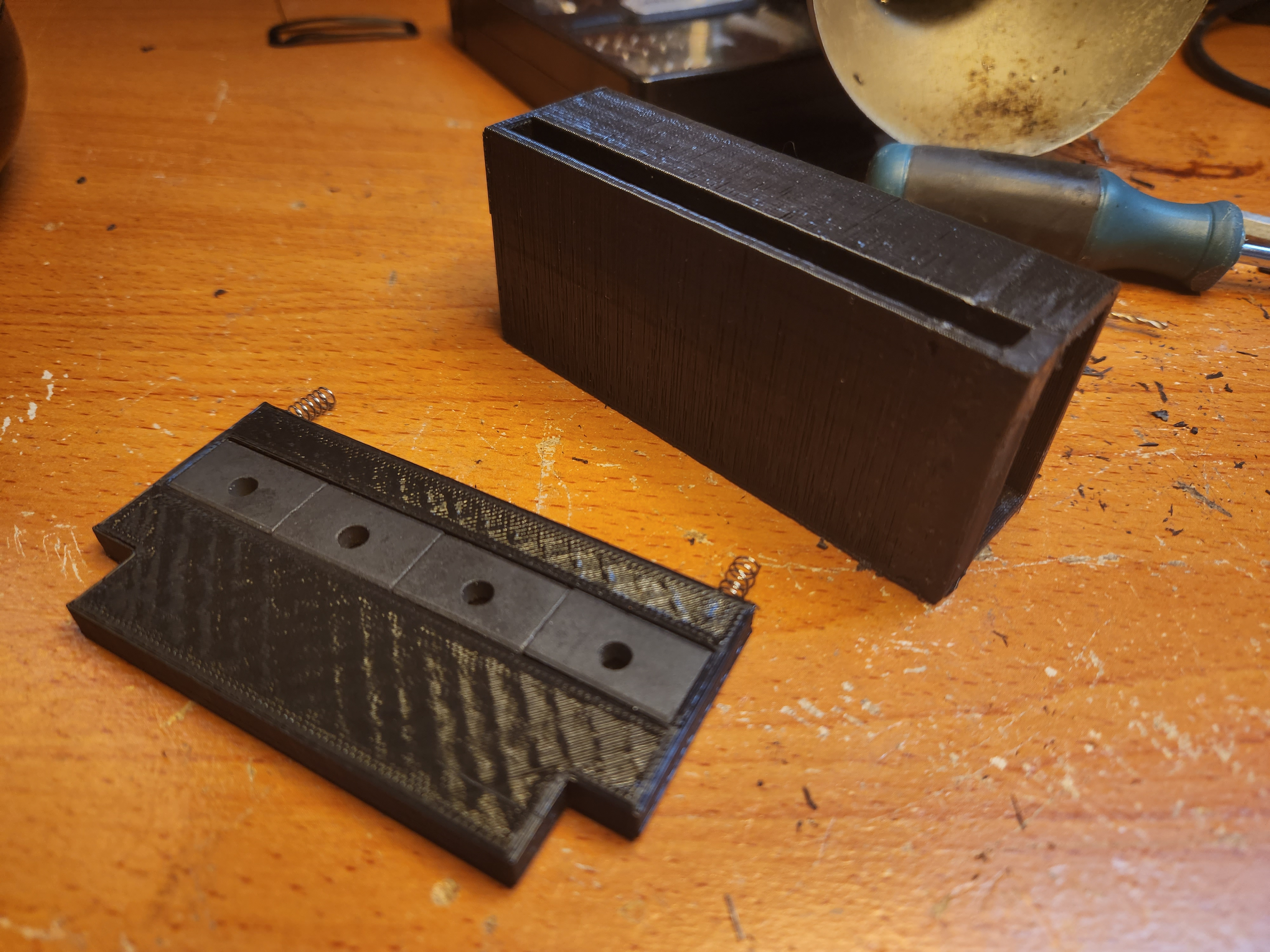
The handle slides work using hall sensors and resistor dividers to detect the position of the slide. When the switch is pressed down, magnets move closer to an array of hall sensors embedded in the ladder slide, returning one of five different position values.
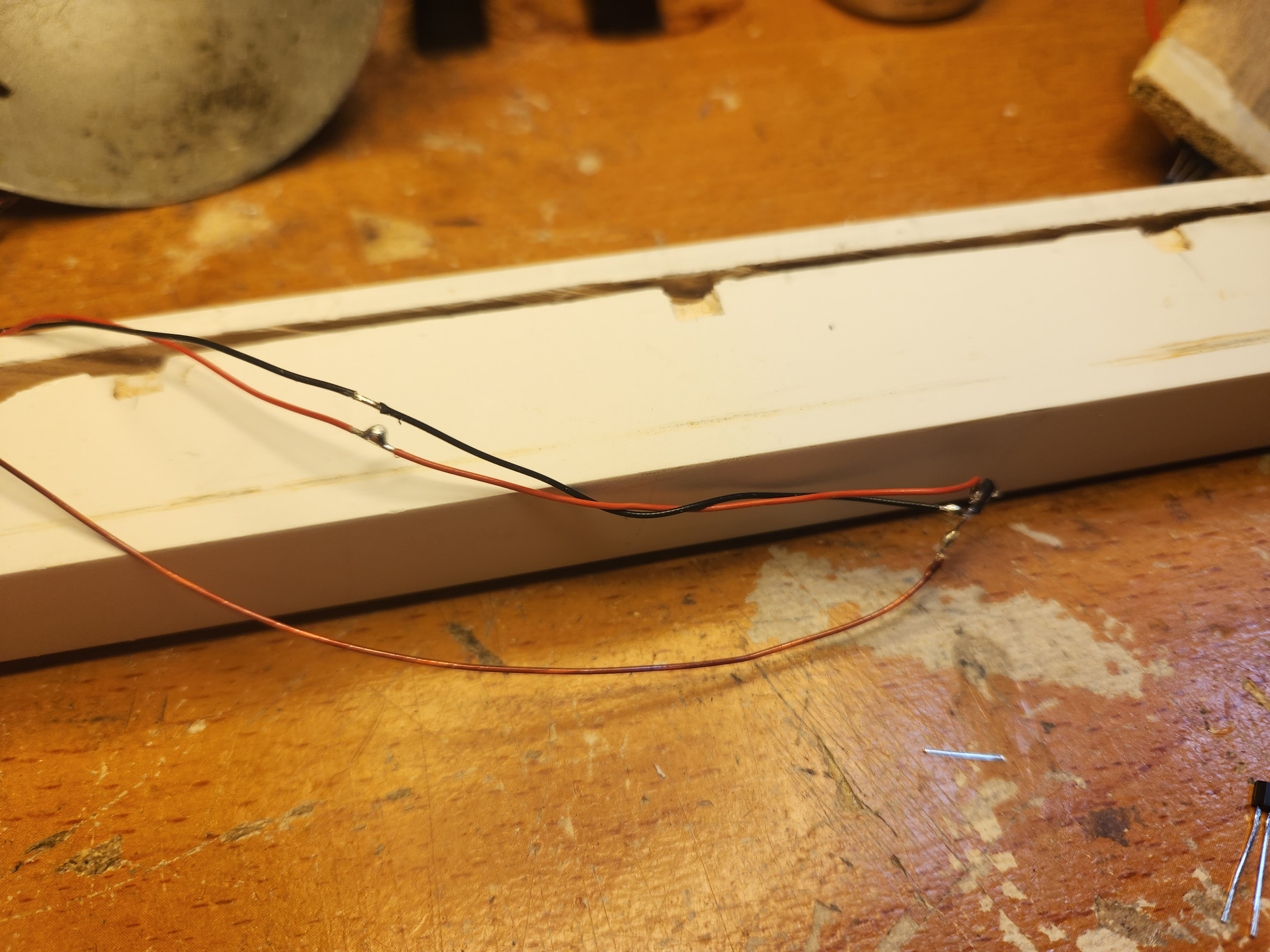
You can see the buried hall sensors in the ladder slide.
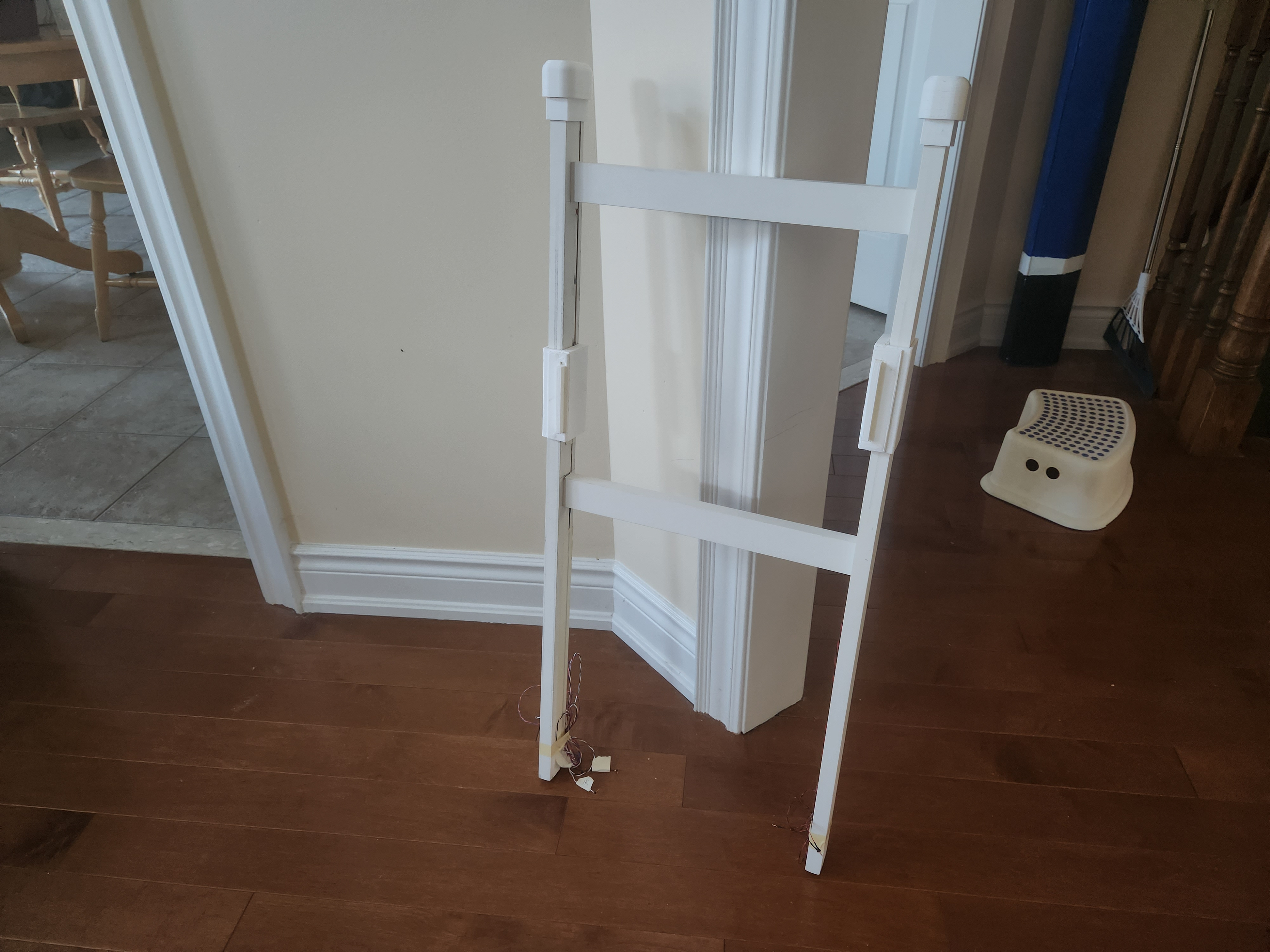
This is the finished ladder controller for the climbing player.
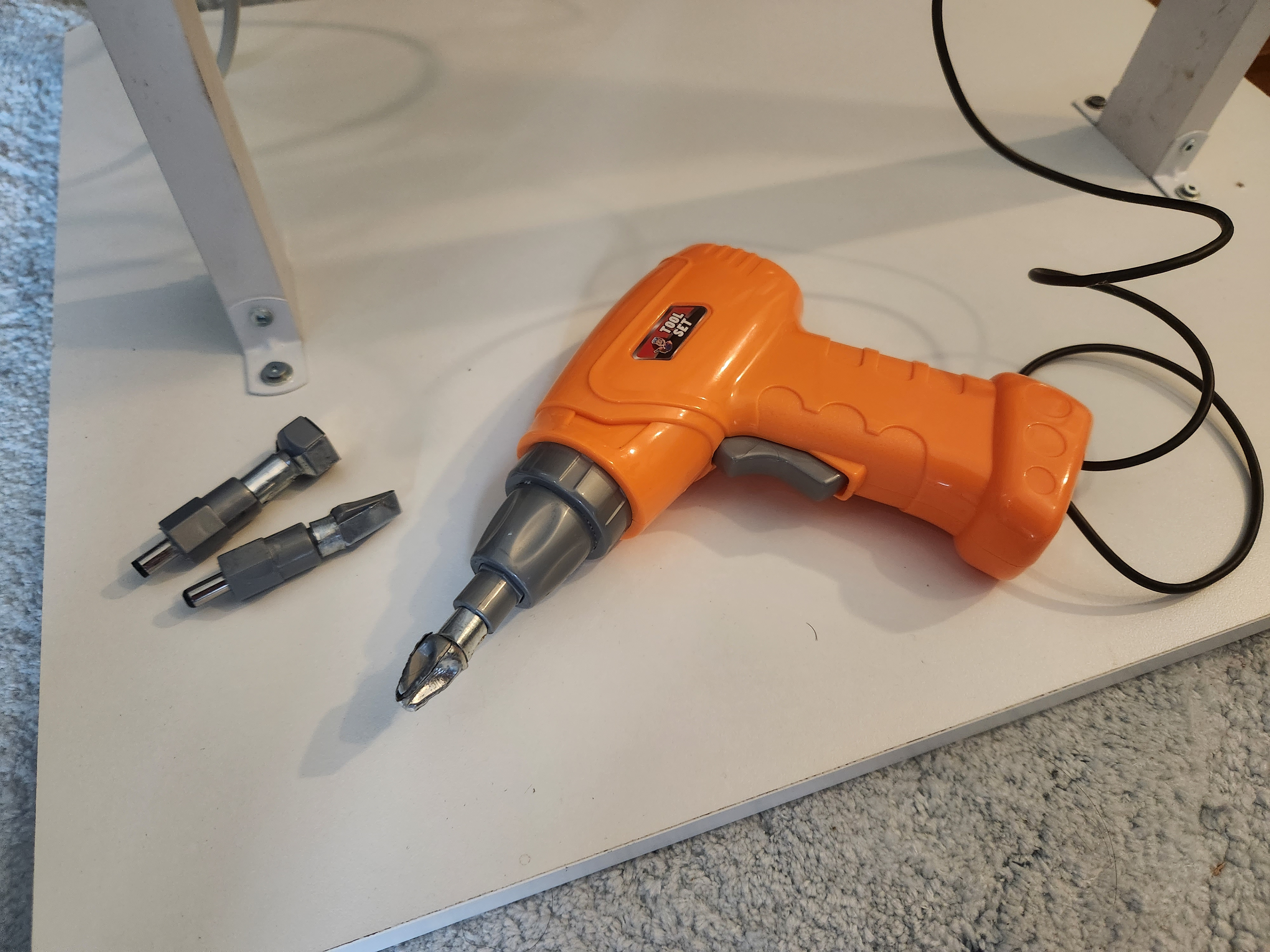
To switch between different repair tools in the game, the climbing player changes out screw bits on a physical drill, and touches it to an input plate. Different values of resistors are embedded in each bit, returning a different value to the analog pin.
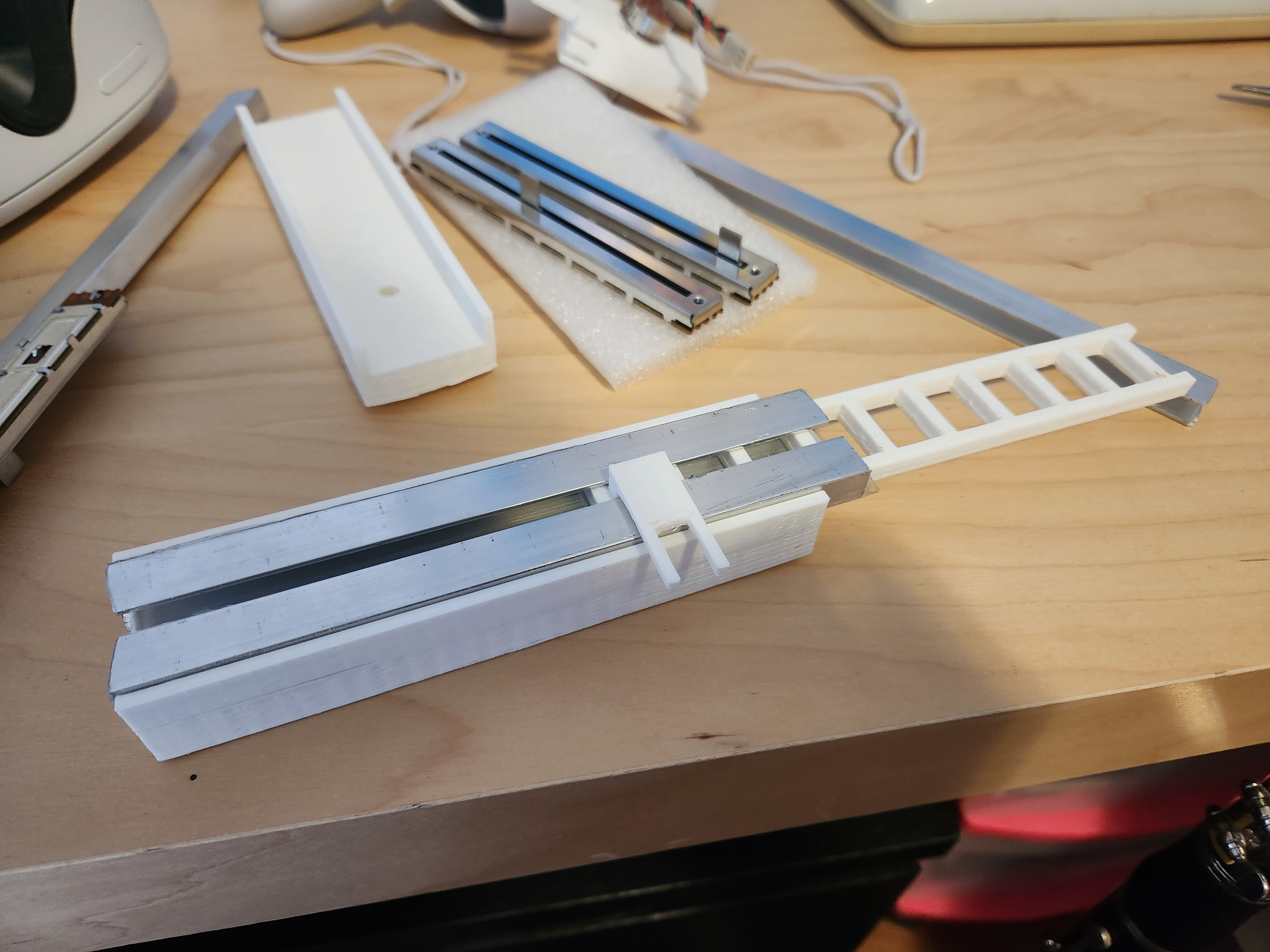
This is the miniature ladder being assembled. It works by using one turn potentiometer for rotation, and two slide potentiometers (one for translation, and one for extension retraction).
